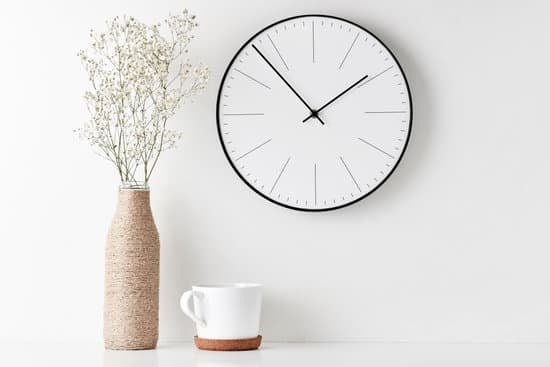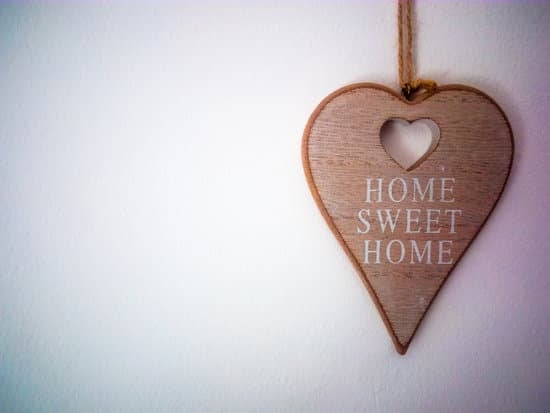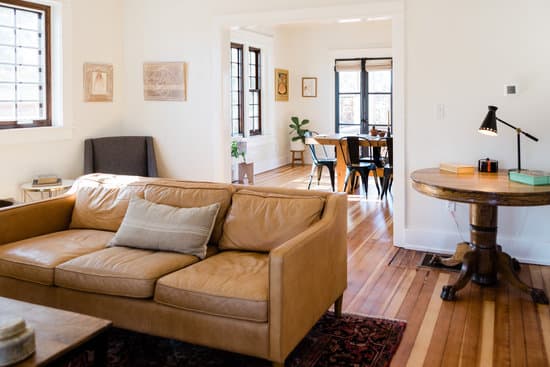The history behind the Greek key design
The Greek key design, also known as the meander, has a long and rich history in Greek art and architecture. Its origins can be traced back to ancient Greece, where it was commonly used as a decorative motif in buildings, pottery, and textiles. The pattern’s name comes from the winding Maeander River that flows through modern-day Turkey, which inspired the design’s zigzag shape. Ancient Greeks believed the pattern symbolized infinity and unity, as the continuous line has no beginning or end. The Greeks also associate the pattern with the goddess Athena, who was the patron of several crafts, including weaving. Ancient Greek artists used the design as a way to express their technical skill in creating intricate repeating patterns.How to recognize the Greek key design
The Greek key design is characterized by its continuous, repeating line that folds back and forth on itself. The pattern can take many forms, including simple zigzags, squares, and interlocking loops. It is often found as a border or frieze on architectural elements such as columns, doorways, and friezes. The design is also used in textiles, wallpaper, and other decorative items. The Greek key is usually black or white, but it can also be found in a range of colors. The pattern is relatively simple but can be arranged in complex and intricate ways to create a wide range of visual effects.The significance of the Maeander River in Greek key design
The Maeander River in Asia Minor, now known as the Büyük Menderes River, was a significant source of inspiration for the Greek key design. The river’s many twists and turns inspired the meandering pattern that is so commonly found in Greek art and architecture. The river was also a popular destination for ancient Greeks, who visited its scenic banks for recreation and spiritual reflection. The ancient Greeks believed that the Maeander River was the home of the god Meander, who was known for his ability to create complex and intricate patterns. The river and its surrounding area were also considered to be a source of great creative energy and inspiration.The use of Greek key in architecture
The Greek key design has long been used in architecture to add a decorative element to buildings. The pattern is commonly found as a frieze or border on columns, architraves, and pediments. The use of the Greek key in architecture is not limited to ancient Greece but can also be found in civilizations such as Rome, Byzantium, and the Renaissance. In modern architecture, the Greek key design is often used as a way to add a classic, timeless element to buildings. Contemporary architects have adapted the pattern to suit their needs, using it in new and innovative ways to create modern buildings with a sense of history and tradition.Greek key in home decor and furnishings
The Greek key design is a popular motif in home decor and furnishings. The pattern can be found on everything from wallpaper and curtains to rugs and furniture. It is an easy way to add a touch of sophistication and classic style to any room in the house. One popular way to incorporate the Greek key design into home decor is through the use of pillows, bedding, and throws. These items can be found in a range of colors and patterns, making it easy to find something that will match any decor scheme. Other ways to incorporate the Greek key into home decor include:- Using the pattern on lampshades or light fixtures
- Incorporating the design into tile work or mosaic art
- Using the pattern on curtains or drapes
- Adding a Greek key border to picture frames or mirrors
Adding Greek key accents to your wardrobe
The Greek key design is not just for home decor. It can also be incorporated into clothing and accessories to add a touch of classic style to any outfit. One popular way to use the pattern in clothing is through the use of Greek key embroidery or applique on shirts, dresses, or jackets. Accessories such as scarves, handbags, and jewelry can also be found in Greek key patterns. These items are an easy way to add a touch of sophistication to any outfit without going overboard. Here are a few ways to add Greek key accents to your wardrobe:- Wear a scarf or shawl with a Greek key pattern
- Choose a handbag or clutch with a Greek key design
- Wear jewelry with the Greek key motif
- Choose clothing with Greek key embroidery or applique





















